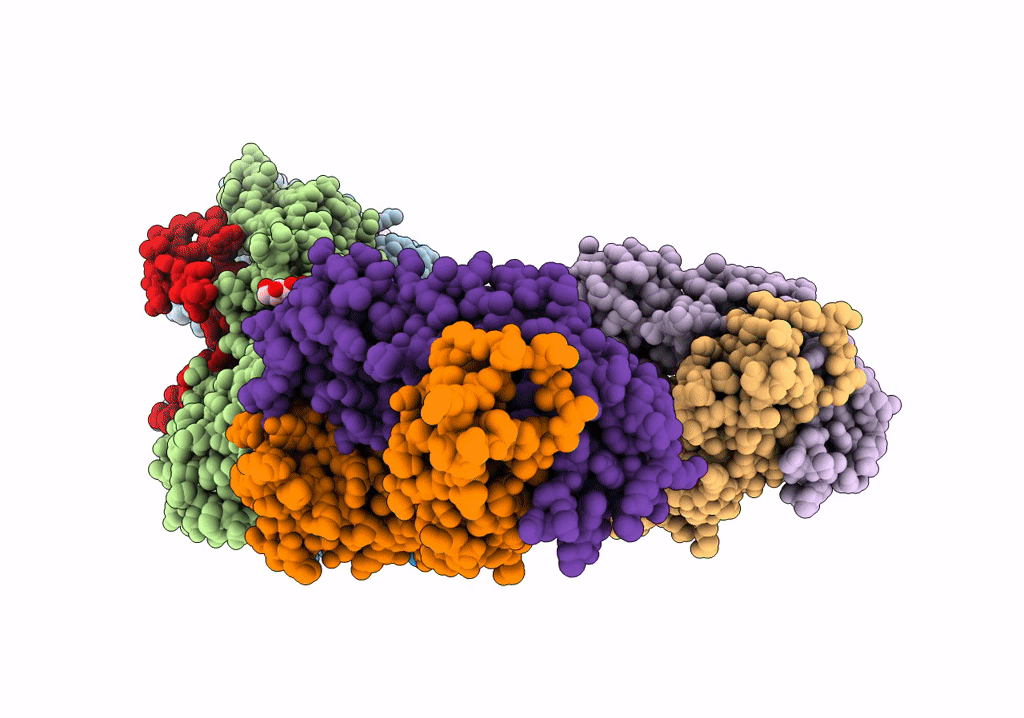
Deposition Date
2017-06-07
Release Date
2018-02-07
Last Version Date
2024-10-16
Entry Detail
PDB ID:
5O6V
Keywords:
Title:
The cryo-EM structure of Tick-borne encephalitis virus complexed with Fab fragment of neutralizing antibody 19/1786
Biological Source:
Source Organism:
Tick-borne encephalitis virus (strain Hypr) (Taxon ID: 70733)
Mus musculus (Taxon ID: 10090)
Mus musculus (Taxon ID: 10090)
Method Details:
Experimental Method:
Resolution:
3.90 Å
Aggregation State:
PARTICLE
Reconstruction Method:
SINGLE PARTICLE


